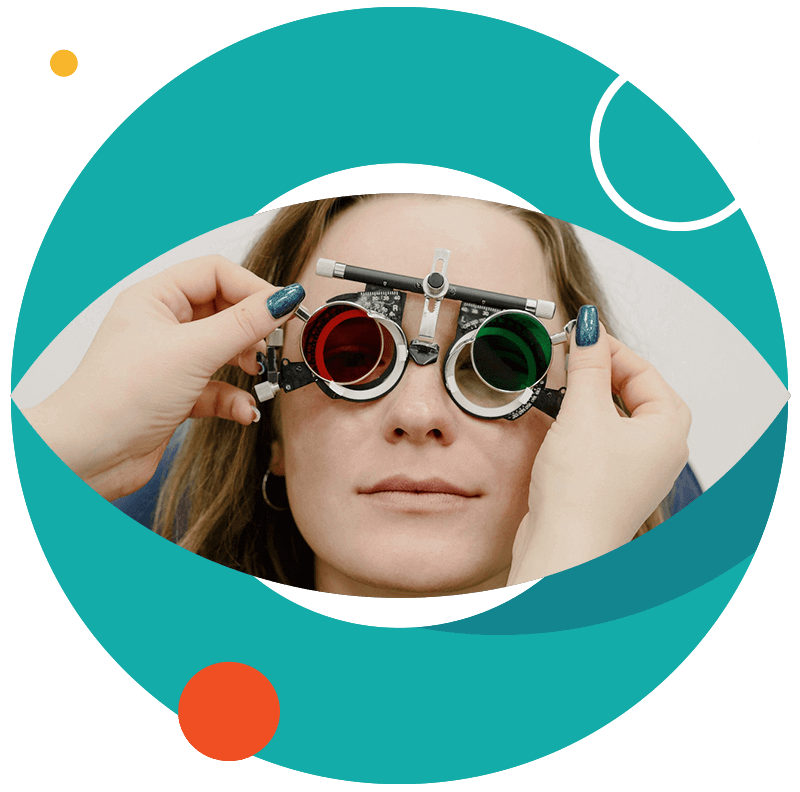

Syntonic phototherapy may be today’s most advanced clinical science in light therapy. Since the 1920′s it has been used effectively by optometrists to treat patients who have inefficient visual function. It is the branch of ocular science dealing with the application of selected light frequencies through the eyes. The word syntonics is derived from the word “syntony,” which means to bring the body into balance. It has been used clinically for over 70 years in the field of optometry with continued success in the treatment of visual dysfunctions such as strabismus (eye turns), amblyopia (lazy eye), focusing and convergence problems, and the visual field constrictions associated with visual stress or trauma.
Since eighty percent of learning occurs by way of the eyes, inefficient visual function can adversely affect all aspects of one’s life, including academic achievement, athletic performance, proficiency at work, and other activities of daily living.
Syntonics uses colored light produced by a small lamp, or a combination of a lamp and wearable filters. The typical treatment for syntonics requires a patient to sit in a darkened room and view the colored light for up to 20 minutes at a time over a span of approximately 20 sessions. After completing the appropriate number of sessions, the patient will slowly begin to experience improved visual skills.
The color of the filter to be used in the lamp is determined by the doctor and is based on the specific diagnosis or diagnoses. Syntonics filters should never be used by someone who is not under direct supervision of a doctor.


Syntonics can be used as the primary treatment or to support other therapies to aid in the remediation of accommodative/convergence problems, asthenopia, ametropia, visual attention deficit, vision-related learning and behavior problems, and visual field constrictions associated with visual stress, brain injury, degenerative ocular disorders, and emotional trauma. Light therapy is also commanding respect in the medical community as its benefits are investigated in the treatment of jet lag, PMS, sleep disorders and conditions related to the body’s daily rhythms. Exposure to certain colors has also been found to affect behavior, mood and physiological functions.
